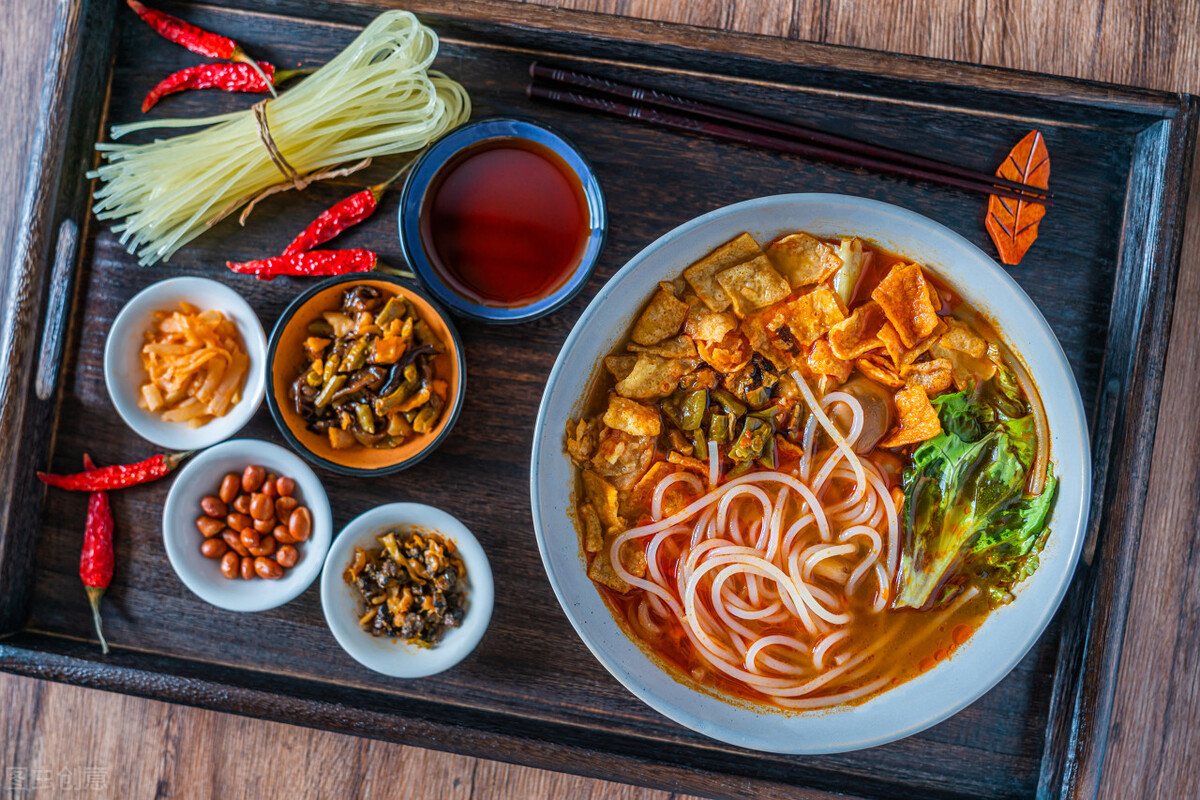China’s Gen Zers are redefining Chinese food, bringing a revolution within the industry and taking Chinese cuisine to new territories. Over the past year, the Chinese food market has seen a continuous birth of food products that never existed before, as a result of the fast-changing consumer demands among the young generations.
Entering the new year, the occurrence shows no signs of slowing down, instead the market has been scaling up in order to cater to the diverse needs of young Chinese consumers. Here Dao Insights summarises three top trends in food that deserve more attention from brands to win over those “picky” Chinese foodies in 2022.
Functional food
Today’s young Chinese do not eat to live. They are seeking extra gains from consuming food on top of the flavour and the purpose to get rid of hunger. This has driven up the demand for functional food, a food that claims to offer additional physical benefits that extend beyond their nutritional value. For example, there has been an increase in products containing hyaluronic acid (HA) or hyaluronan, a component that is widely used in plastic surgery, it was approved to be a food material in 2021 by China’s top health authority.
With HA supplements believed to help increase skin moisture and reduce the appearance of fine lines and wrinkles, products as such have become a new sought after by the country’s young consumers. These consumers are willing to put more money on where their face is and take better care of skin health than the elder generations. As a result, many food manufacturers have already added HA into their ingredients, making this material one of the biggest selling points of their products. This may be an odd addition to people in the West but shows the market demand for products to provide additional benefits and also fits into the demands behind the next trend.
Healthy food
China’s Gen Z are probably the most health-conscious consumers compared with their peers in the rest world. Whether it’s out of the pursuit of a slim figure or concerns of potential diseases, young Chinese are big fans of low-fat, low-sugar and low-salt, and low-calorie food. These consumer preferences have pushed food brands to adapt their original to a “healthier” version in order to cater to their target consumers. This is particularly true among those making snack food as these young Chinese while wanting to keep fit, don’t want to miss out on the joy of snacking.
Examples can be seen at Mars, an American multinational manufacturer of food products, who had cut down the content of sodium (the main component of salt) by 20% for its products in China last year. As well Walkers (or Lay’s), the American chip maker, reducing salt by 50% in its chips sold in the Chinese market. Such changes naturally have a large effect on the food and deviate from their typical product, but such change is worth it in order to continue to cater to the demands of the Chinese snack market.
Such demands have soon spread to the market for babies’ food, as most of China’s Gen Z are entering parenthood. Thus, their food philosophy has also been adopted in safeguarding their children’s health, driving more food brands to lay out their business lines in healthy baby food offers.
Convenient food
Convenience is another trait that most of China’s young consumers are looking for. This is due partly to Gen Z now becoming the main force of the job market. The notorious overwork culture or 996 (a work schedule where staff start work from 9 am to 9 pm and six days per week) has squeezed the mealtime of employees. Therefore, foods that are convenient to prepare or involve minimum effort in preparing, and that don’t take too much time to eat, catering to the fast-paced life lived by most of China’s Gen Z.
As a result, not only brands that produce traditional convenient food such as instant noodles have started diversifying their product lines by innovating flavours and including some of China’s Internet-famous dishes such as snail noodles and red chilli oil broad noodles. In the meantime, pre-cooked meals are also emerging as another go-to among China’s young consumers.
We can see in the above examples that the eating habits of the Chinese market are changing constantly, and companies need to be able to adapt and understand the shifting consumer demands in order to stay relevant and effective. By being able to keep up with the latest trends and cultures within China, brands will be able to leverage the latest demands and reap the benefits of such a lucrative market.
Read more:









